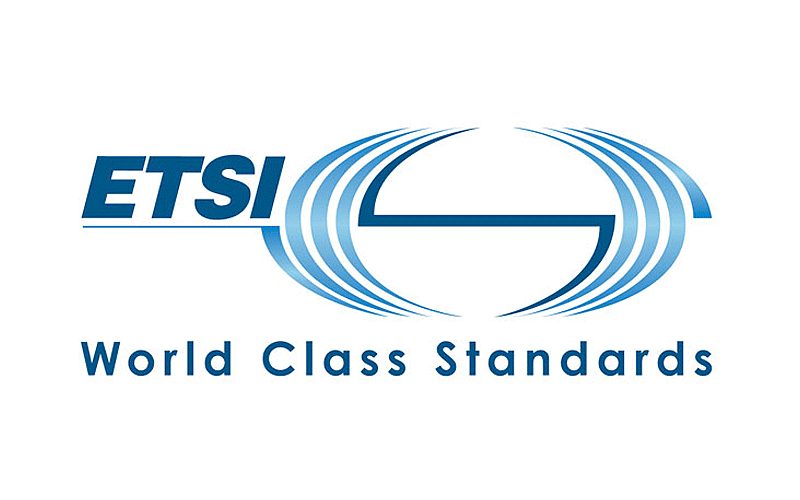The ETSI Industry Specification Group on Permissioned Distributed Ledger (ISG PDL) has recently released a number of Reports to support industry and government institutions needs for what is commonly known as blockchain. These Reports cover data record compliance to regulation, application scenarios and smart contracts.
- ETSI GR PDL 002, “Applicability and compliance to data processing requirements”, describes the implications of the conduits used to connect data sources (sensors, gateways etc.) to distributed ledgers in utility and related industries. The Report also defines how regulatory aspects for data infrastructure security and privacy can be satisfied.
- ETSI GR PDL 003 details the application scenarios and operational requirements for permissioned ledgers to help telecom operators, Internet and over-the-top service providers implement the technology. It includes provision models with special emphasis on as-a-service paradigms and PDL infrastructure governance aspects.
- ETSI GR PDL 004, defines an architecture and functional framework for smart contracts and their planning, coding, and testing. The smart contract is a computer program stored in a distributed ledger system.
ETSI has successfully completed its international emergency communications interoperability testing event. 285 test pairings, with 87% demonstrating interoperability, were run from 22 February to 5 March 2021, both in Europe and across the Atlantic to assess the compatibility of products for mission-critical public safety services. This remote event was a cooperation between ETSI, EENA, the European Emergency Number Association and for the first time NENA, the 9-1-1 Association.
Vendors of emergency communication equipment connected to test Next Generation 112 and NG9-1-1 technologies, responding to the increasing requirements and demands of content-rich, IP-based emergency calling. Stakeholders included NGCS vendors, Forest Guide developers, user agents, mobile operators and call handling vendors. Government bodies, policy makers and local authorities also joined in to discuss implementation in their countries. Participants tested components of the emergency communication chain such as location and location-based call routing, audio, video, real-time text, policy based routing and core services based on ETSI TS 103 479, developed by the ETSI EMTEL Special Committee.







